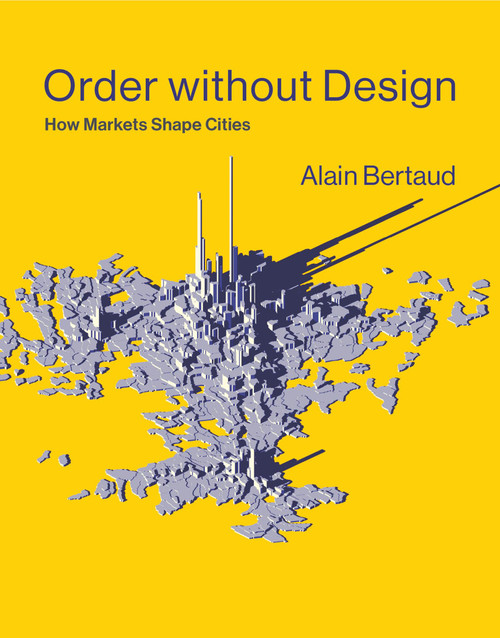An argument that operational urban planning can be improved by the application of the tools of urban economics to the design of regulations and infrastructure. Urban planning is a craft learned through practice. Planners make rapid decisions that have an immediate impact on the groundthe width of streets, the minimum size of land parcels, the heights of buildings. The language they use to describe their objectives is qualitativesustainable, livable, resilientoften with no link to measurable outcomes. Urban economics, on the other hand, is a quantitative science, based on theories, models, and empirical evidence largely developed in academic settings. In this book, the eminent urban planner Alain Bertaud argues that applying the theories of urban economics to the practice of urban planning would greatly improve both the productivity of cities and the welfare of urban citizens. Bertaud explains that markets provide the indispensable mechanism for cities' development. He cites the experience of cities without markets for land or labor in pre-reform China and Russia; this urban planners' dream created inefficiencies and waste. Drawing on five decades of urban planning experience in forty cities around the world, Bertaud links cities' productivity to the size of their labor markets; argues that the design of infrastructure and markets can complement each other; examines the spatial distribution of land prices and densities; stresses the importance of mobility and affordability; and critiques the land use regulations in a number of cities that aim at redesigning existing cities instead of just trying to alleviate clear negative externalities. Bertaud concludes by describing the new role that joint teams of urban planners and economists could play to improve the way cities are managed.
Order without Design: How Markets Shape Cities (Mit Press)
MIT Press
MSRP:
Was:
Now:
$65.25 - $117.39
(You save
)
(No reviews yet)
Write a Review

Write a Review

MIT Press
Order without Design: How Markets Shape Cities (Mit Press)
- SKU:
- UPC:
- 9780262038768
- Maximum Purchase:
- 2 units
- Binding:
- Hardcover
- Publication Date:
- 12/4/2018
- Release Date:
- 12/4/2018
- Author:
- Bertaud, Alain
- Language:
- English: Published; English: Original Language; English
- Pages:
- 432

Brand: MIT Press
Design Research: Methods and Perspectives (MIT Press)
MSRP:
Was:
Now:
$54.27 - $86.88

MIT Press
The Energy System: Technology, Economics, Markets, and Policy (Mit Press)
MSRP:
Was:
Now:
$96.78 - $146.94

Managed by the Markets: How Finance Re-Shaped America
MSRP:
Was:
Now:
$15.70 - $65.61

Fernando Zapatero
Solutions Manual for Introduction to the Economics and Mathematics of Financial Markets (MIT Press)
MSRP:
Was:
Now:
$41.89 - $50.19
!





